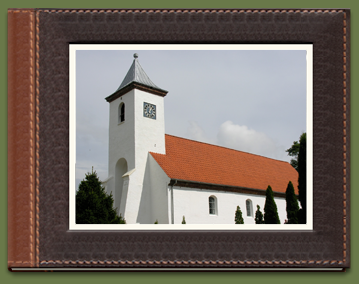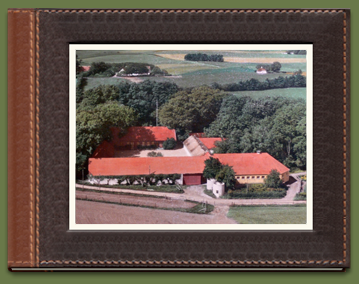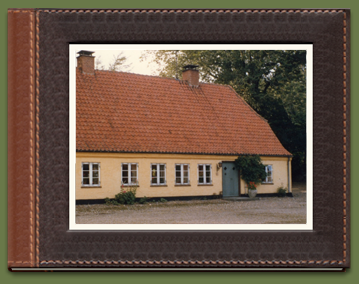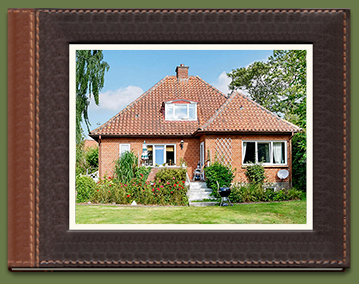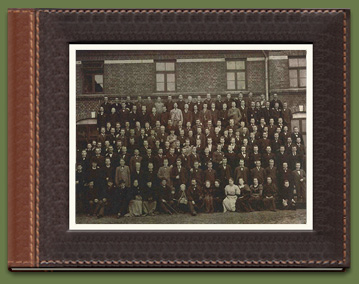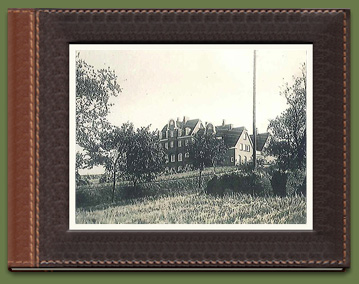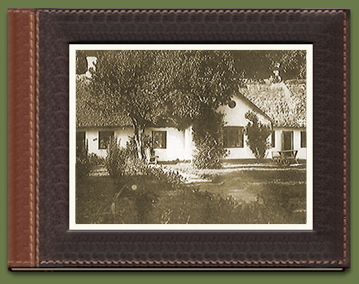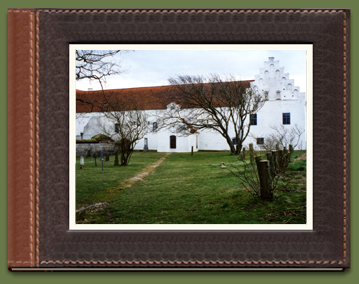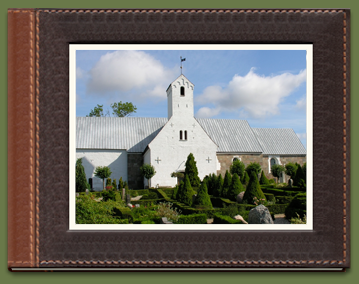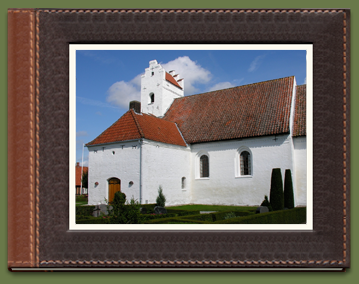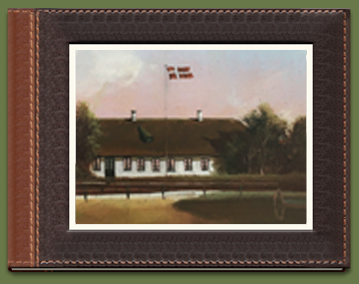Et kort over Danmark, plus billeder af nogle af kirkerne, hvor vores forfædres optegnelser blev holdt, og information om gårdene, de levede på. Også baggrundsinformation om livet i Danmark i den tid af vores forfædre, og omkring slægtsforskning i Danmark.
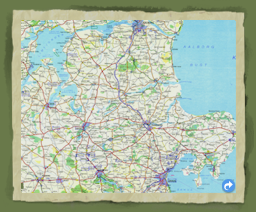 |
Kort Over Midt-Jylland, Danmark Vigtige byer er skitseret i blåt. En høj kvalitet PDF-fil åbnes, når man klikker på kortet. |
|
Bjørnekær & Gremmersteen Gårde 22 billeder |
||
|
Asmildkloster Landbrugsskole 4 billeder |
||
|
Todbjerg Kirke 4 billeder |
||
|
|
Høj kvalitet, printbare kopier af disse billeder er tilgængelige på vores Foto-Site
Dansk teksten kommer snart! I mellemtiden, her er oplysningerne på engelsk...
From very early times until as late as 1700 the population of Denmark was largely agricultural, with very few large towns. Most of the people were tenant farmers who worked land that was owned by manorial lords, and were for the most part bound to the land by both law and custom, so that generations lived and died in the same place. After 1700, people gained the freedom to move to an area where they could find work, and although they usually didn’t move more than a few kilometres from their place of birth, it can still be easy to lose them! We owe a great debt to the work of the parish ministers who transcribed so carefully the births, confirmations, marriages, and deaths in each village, often listing comings and goings as well.
The people were quite poor and often illiterate. When the children
were 13 or 14 years old, they were often sent to a nearby village to
work as house or farm help. Sometimes a child would meet and marry a
person from the other village and establish a home there. Once
established, it was more unusual for a family to move from one village
to another. Regular immunizations didn’t begin until about 1800, and
many people, especially children, died as epidemics swept through the
population. Individuals who lost a spouse to disease were usually very
practical about remarrying and starting another family, often within
six months of the death of the first spouse.
Patronymic Naming System
Another item of interest is the patronymic naming system which was
used in Denmark until about 1856. Children were named based on their
father’s first name. If your father was named “Jens”, and you were a
boy, your last name would be “Jensen”, or “Jens’ Son”. If you were a
girl, your name would be “Jensdatter”. For first names, eldest sons
were generally named after their father’s father (Farfar), and second
sons after their mother’s father (Morfar), with the reverse being true
for daughters. Women generally retained their surnames throughout
their lives.
Because there were only about 25 commonly used names, it could become
very confusing. Many people would take a third name, such as the town
where they were born, their profession, or a nickname, to
differentiate them from others with the same name. In 1856 it was
decided that the old system was too confusing, and all children began
to be named using their father’s last name. Today you will still find
many Jensens and Christensens in Denmark.
The Lassen Family
One branch of the Lassen family had a different experience. They show a remarkable amount of mobility, moving from Lindholm (near Aalborg) all the way to Grågård (Thorning) within about five generations. This ability to move can be credited to the manorial system and to one of our early ancestors, Thøger Lassen, who was born in 1623 at Viborg. At the time, tenant farmers were required to give to the lord of the manor not only a large part of the produce they raised, but also a specified number of days of work each year. In return, the lord offered care and protection during wars and hard times. The farmers seldom made more than a bare sustenance, and many who may have owned land at one time eventually had to relinquish title by reason of having to borrow from the lord with no means of paying off the debt. This is where Thøger found his fortune, for he was employed as the castle clerk in Aalborg Castle and had the rank of land commissioner, war commissioner, and tax assessor. He was also exempt from extra taxes. At harvest time he collected for king and church. Because of his valuable service, he became a freeholder, an owner of a good farm with inheritance rights to his descendants. More than likely, some of the land he received was property he himself had seized from unfortunate farmers delinquent in their payments. Thøger was the founder of the gentleman’s farm, Rødslet. It had smooth land and was used as a landing strip for the Germans in World War II. Now the farm is the Aalborg airport (Lindholm). He was married three times and had five children. Through the years the Lassen family owned estates at Rødslet, Bjørnsholm (Vitskøl Kloster), Grinderslev Kloster (near Skive), Stubbergård, and Grågård (Thorning), among others.
Thøger’s son, Peder Thøgersen de Lasson, was a Master of Theology. He
owned a number of gentleman farms and was also a councillor. Peder was
ennobled on September 14, 1731 and given the title “de Lasson”. His
son, Matthias de Lasson, who had five children, created a beautiful
garden at Bjørnsholm, Vitskøl Kloster. There is a plaque to his name
in Bjørnsholm.
All was going well for the family when Matthias’ son, Aksel
Rosenkrantz de Lasson, arrived. Like his father and grandfather, he
was a councillor. He was reputed to be an enterprising and
foresightful man who managed a large house. However, he was not quite
so foresightful in his personal life! In between his two marriages, he
fathered the son who was to become our ancestor. Because the child was
born out of wedlock, he was christened with the old name, Jens Tobias
Peder Lassen, and did not hold rights to the nobility. He was,
however, well provided for in terms of land and money, and some of
this wealth continues in the family to this day.
Where Did This Information Come From?
The best source of information for this research has been from family members in Denmark. I am grateful, especially, for Mormor’s amazing memory! From that point, church parish records (now available from the Danish State Archives at Arkivalieronline.dk) and civil census information (original records available from Arkivalieronline.dk, and indexed records from the Danish Demographic Database project) have been used to trace the family lines back to the beginning of the 18th Century, and in some cases, beyond. My research goal has been to document information on each member of my direct ancestral line (grandparents, great-grandparents, etc.) and their siblings, to provide a verified structure that others researching the same lines will be able to tie into. Because it is much more difficult to trace people forward in history, I have not attempted to document the lives of the siblings beyond childhood. This will be the responsibility of their own descendants!
